Chinese scientists have recently achieved the fabrication of single-atom-layer metals with a thickness of merely one-millionth the thickness of an A4 paper sheet, setting a new record for the thinnest metal materials. This marks the world's first realization of stable two-dimensional forms of non-layered metals.
Published in Nature on Thursday, this research by the Institute of Physics, Chinese Academy of Sciences, pushes the thickness of 2D metal materials to the angstrom scale (1 equals 0.1 nanometer), unlocking new possibilities for next-generation electronics, quantum computing, and high-efficiency catalysis, said Zhang Guangyu, corresponding author of the study.
"2D materials are special substances with only one or a few atomic layers. Their electrons are confined to move within a 2D plane, granting them extraordinary conductivity, transparency, and mechanical strength due to the quantum confinement effect," said Zhang, a researcher at the Institute of Physics.
Since the discovery of graphene in 2004, scientists have identified hundreds of 2D materials. These "miraculous thin films in the material world" are widely used in flexible screens, ultrafast transistors, and quantum devices.
However, all existing 2D materials are derived from layered crystals, like easily peelable layer cakes, while 97.5 percent of materials in the material world, including non-layered metals, resemble "compressed biscuits" due to their tightly bonded 3D atomic structures. Peeling a single atomic layer from such materials was considered nearly impossible, as Zhang vividly analogized.
"Traditional layered materials are like layer cakes connected by weak van der Waals forces between layers, whereas metal atoms are bound by strong metallic bonds, akin to tightly packed grains in a compressed biscuit," Zhang said, highlighting the core challenge in 2D metal fabrication.
Zhang's team developed an innovative "van der Waals squeezing" technique. By melting metals such as bismuth and tin and using atomically flat molybdenum disulfide as an "anvil", they achieved precise shaping on a 1-square-centimeter plane. "The metallic films produced by this method measure 6.3 to 9.2 in thickness — equivalent to flattening a three-meter metal cube into a single layer that could cover the entire city of Beijing," Zhang said.
The 2D metal samples, protected by encapsulation layers, remain stable in air for over a year.
"When metals are compressed to atomic thickness, electron motion shifts from 3D to 2D. It's like turning an ocean into a water film, where exotic quantum fluctuations inevitably emerge," said co-corresponding author and researcher Du Luojun. Such extreme-condition metal films will serve as new platforms for studying quantum Hall effects, topological phase transitions, and other frontier topics.
The combination of atomic-scale thickness and high conductivity in these 2D metals enables applications such as transparent flexible electrodes for thinner, more durable foldable phone screens. In catalysis, they could enhance chemical reaction efficiency by dozens of times. Devices made from these atomically thin metals may shrink chip volumes by a thousandfold while reducing power consumption to 1 percent of current levels.
"If 3D metals shaped the material foundation of human civilization, 2D metals may define the next technological era," Zhang said. These materials could lead to revolutionary applications such as room-temperature superconducting devices, ultra-sensitive biochips, and sub-nanometer memory. The team is now developing 2D metal alloy fabrication techniques to supply critical materials for strategic fields like 6G communications and quantum computing.
Nature reviewers said that this study "opens an important research field on isolated 2D metals" and "represents a major advance in the study of 2D materials".
















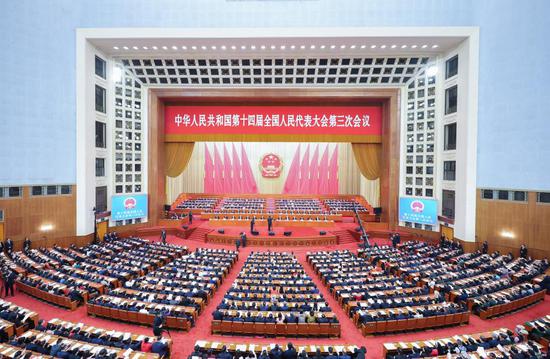




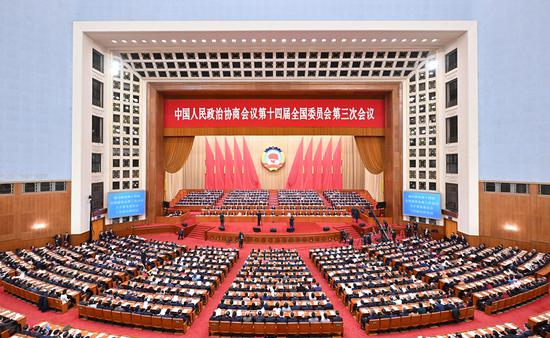



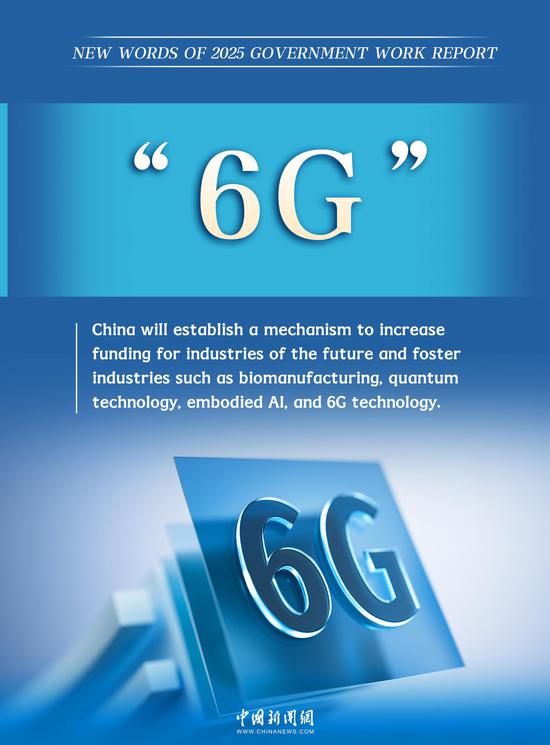










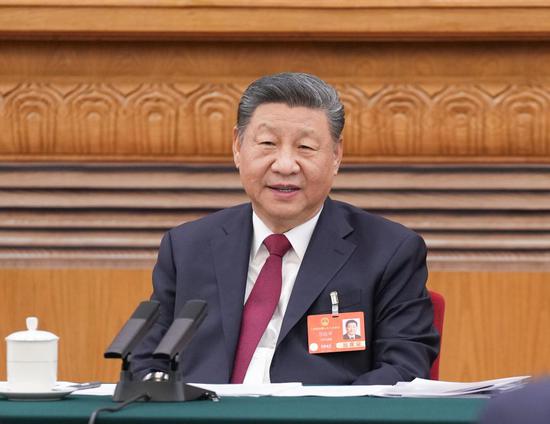







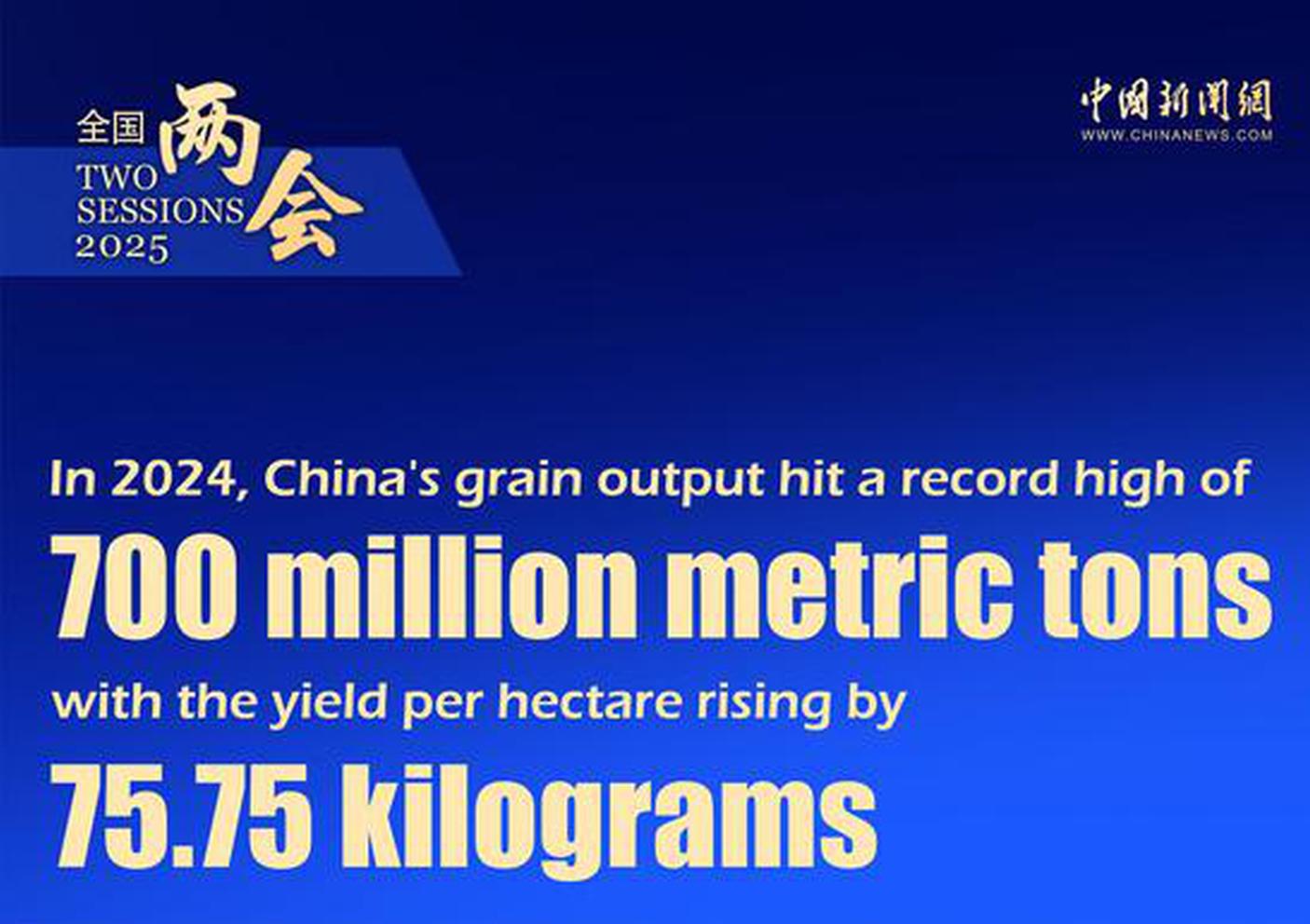





 京公網安備 11010202009201號
京公網安備 11010202009201號